Plastering is an age-old craft that requires precision, skill, and the right set of tools. Whether you are a seasoned professional or a DIY enthusiast, one thing is certain: maintaining your plastering tools is essential for achieving high-quality results. Each tool plays a crucial role in plastering, from trowels to floats, and keeping them clean and in excellent condition is key to ensuring longevity and optimal performance. Below, we will explore some tried-and-tested methods for keeping your plastering tools pristine and always ready for you to use them.
Table of Contents
Cleanliness Is Key
The first rule of thumb in maintaining plastering tools is to clean them thoroughly after each use, whether you invest in NELA plastering tools or any other brand. Plaster can quickly harden and adhere to your tools, making them difficult to use in subsequent projects. To prevent this, remove any excess plaster by using a putty knife or scraper. Pay close attention to the nooks and crannies of your tools, ensuring that you remove all traces of plaster.
A Warm, Soapy Water Bath
Once you have removed the bulk of the plaster, it is time to clean your tools properly. Fill a bucket with warm, soapy water and immerse your tools for a few minutes. Doing this will help soften any stubborn plaster residue, making removing it easier. Use a scrubbing brush or sponge to gently scrub the surface of your tools, paying particular attention to areas where plaster may be lodged. Rinse thoroughly with clean water and allow them to dry completely before storing.
Avoid Harsh Chemicals
While reaching for strong chemicals to tackle stubborn plaster build-up may be tempting, it is best to avoid them whenever possible. Harsh chemicals can damage your tools and pose a risk to your health and the environment. Stick to mild, eco-friendly cleaning solutions whenever possible, and always wear protective gloves when handling chemicals. You can use many cleaning solutions that are not as bad for the environment or as harsh in your tools, and it may take some trial and error until you find the perfect one for your needs.
Prevent Rust
Rust is the enemy of any metal tool, and plastering tools are no exception. It is important to keep your plastering tools dry to prevent rust from forming on your trowels and floats, and you should dry them when they get wet. After cleaning, thoroughly dry your tools with a clean towel or rag before storing them in your toolbox or wherever you keep them. Additionally, consider applying a thin coat of oil to the metal surfaces of your tools to provide an extra layer of protection against moisture.
Store Properly
Proper storage is essential for maintaining the integrity of your plastering tools, so you must ensure you have somewhere suitable to store them. Store them in a dry, well-ventilated area away from direct sunlight and moisture. Hanging your tools on a pegboard or rack is a great way to keep them organized and easily accessible while allowing them to air dry completely. Avoid tossing your tools into a toolbox or leaving them laying around where they can get damaged or lost.
Inspect Regularly
Make it a habit to inspect your plastering tools regularly for signs of damage or wear. Look out for bent edges, cracked handles, or any other issues that may affect their performance. Address problems promptly by repairing or replacing damaged tools to prevent further damage and ensure optimal performance.
Sharpen Blades
Sharp blades are essential for achieving smooth, professional-looking finishes when plastering. Over time, the edges of your trowels and floats may become dull due to repeated use. Keep them sharp by regularly sharpening the blades using a sharpening stone or file. Doing this will prolong the life of your tools and make plastering easier and more efficient.
Invest In Quality Tools
Lastly, investing in high-quality plastering tools is essential for achieving the best results and ensuring long-term durability. While it may be tempting to opt for cheaper alternatives, low-quality tools are more prone to damage and may need to be replaced more frequently. Choose reputable brands known for their craftsmanship and durability and treat your tools carefully to maximise their lifespan. If you take excellent care of your plastering tools, they can serve you for many years without replacing them.
Keeping your plastering tools clean and in excellent condition is essential for achieving professional-quality results and prolonging their lifespan. By following the tips outlined in this guide, you can ensure that your tools remain pristine for many years, allowing you to tackle any plastering project with confidence and ease. You can click here to watch a short video on cleaning and maintaining your plastering tools that can help ensure they are in excellent condition when you need to use them. Cleaning and maintaining your tools will mean you are always ready to use them and can achieve a high-quality and excellent finish when plastering.













































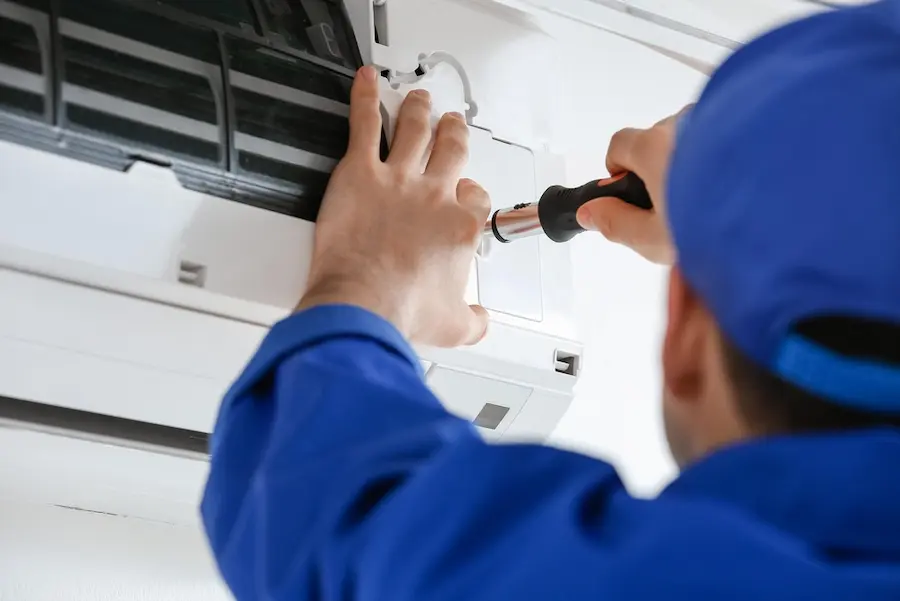
















































































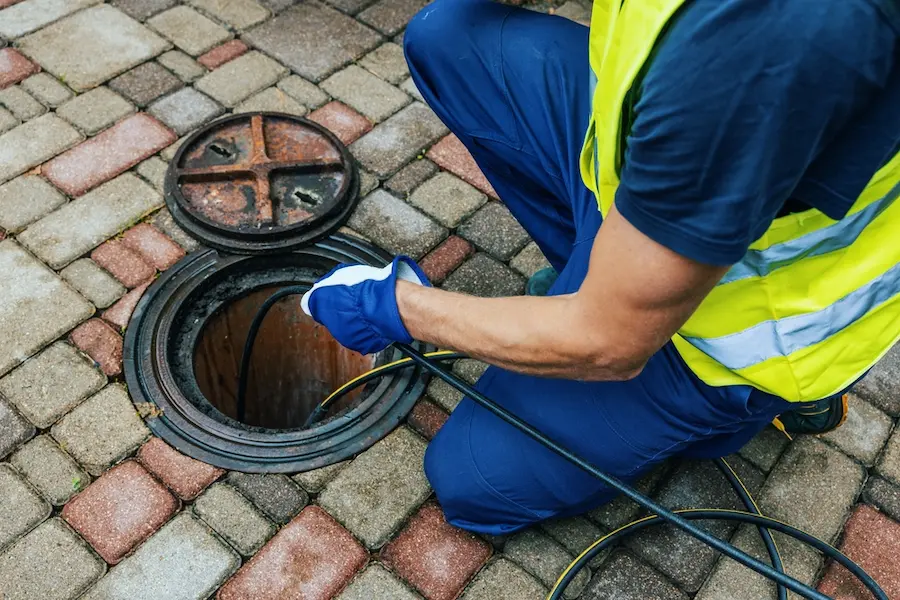


























































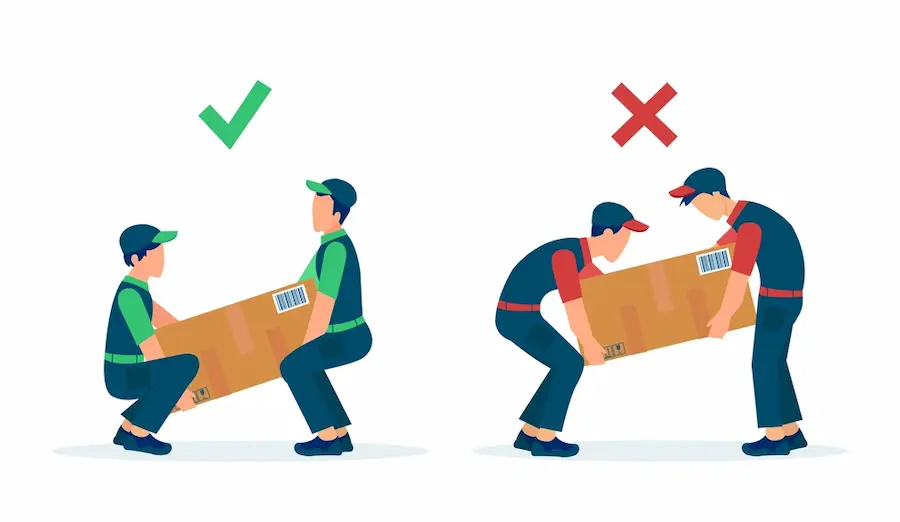











































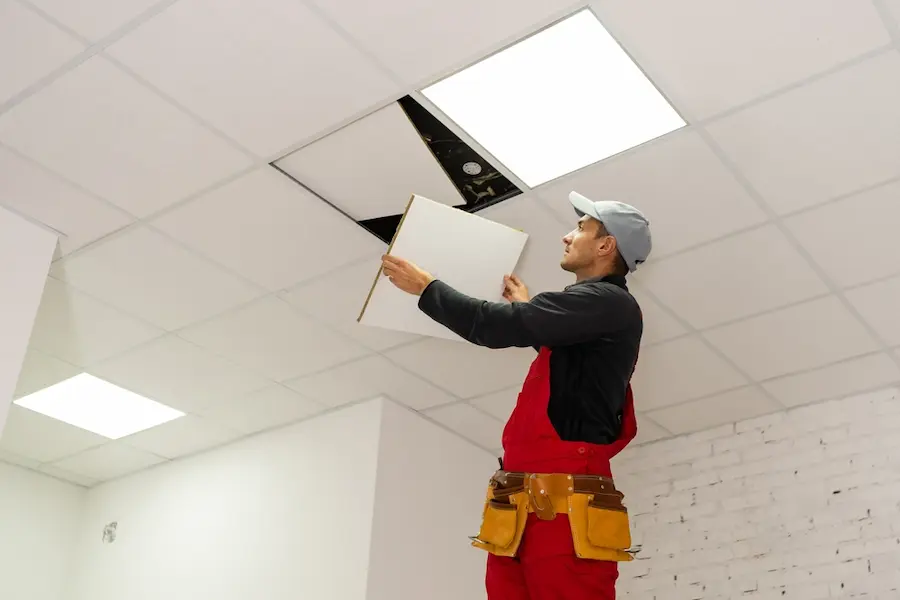






















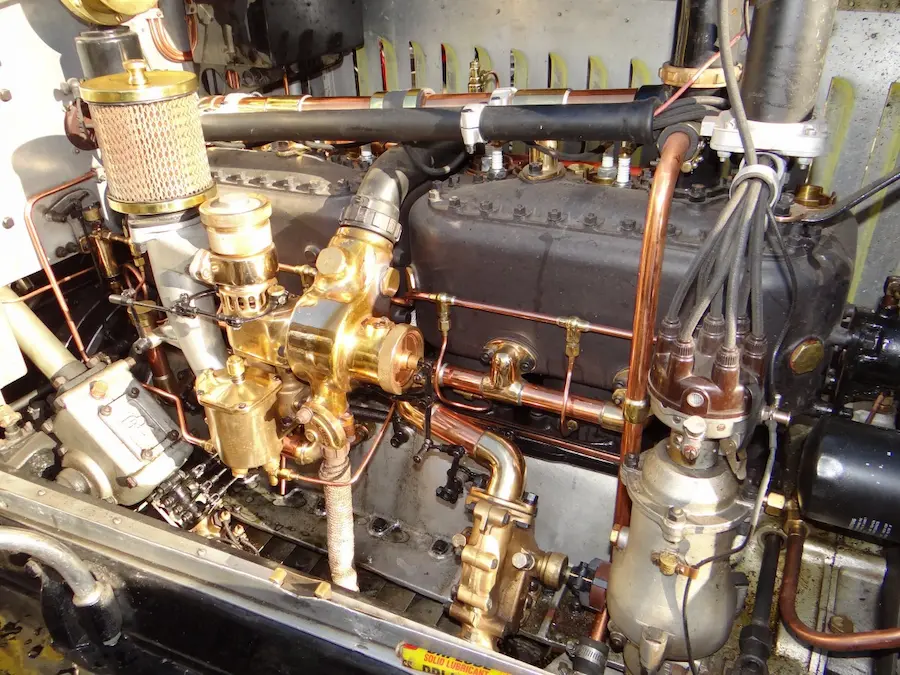










































































































































































































































































































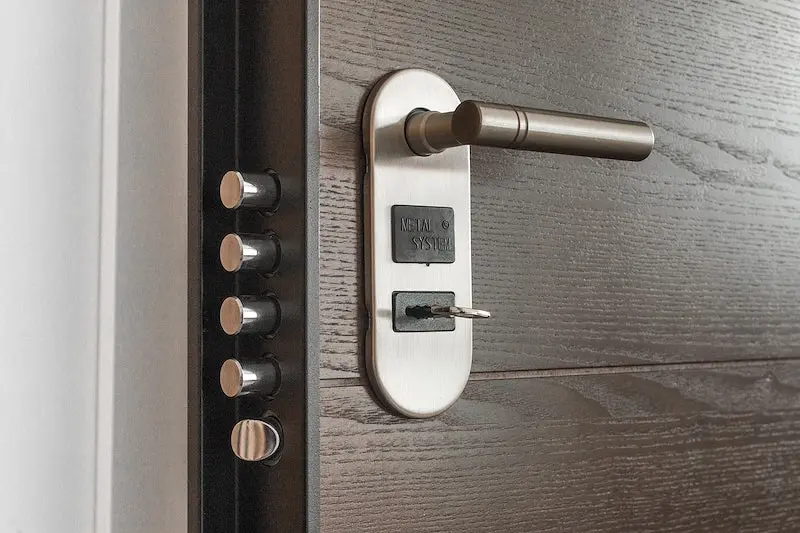























































































































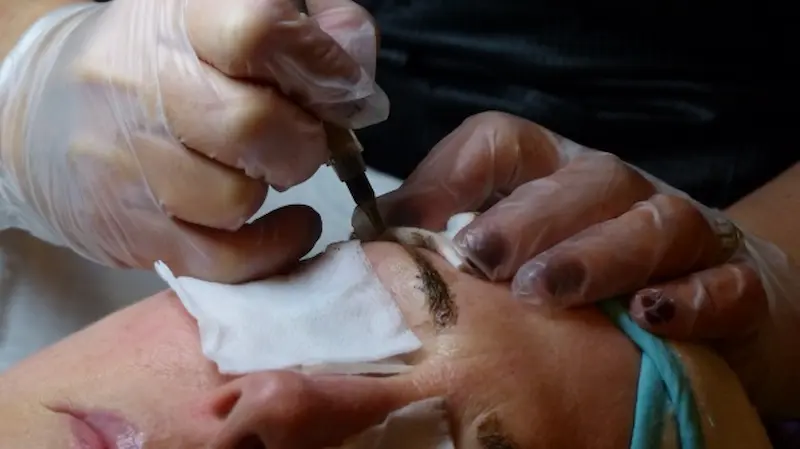







































































































































































































































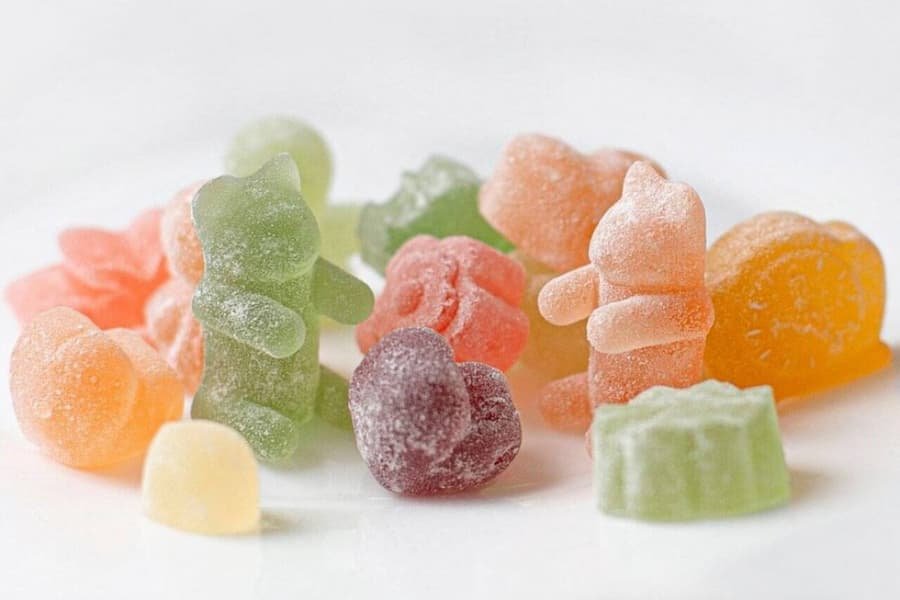
















































































































































































































































0